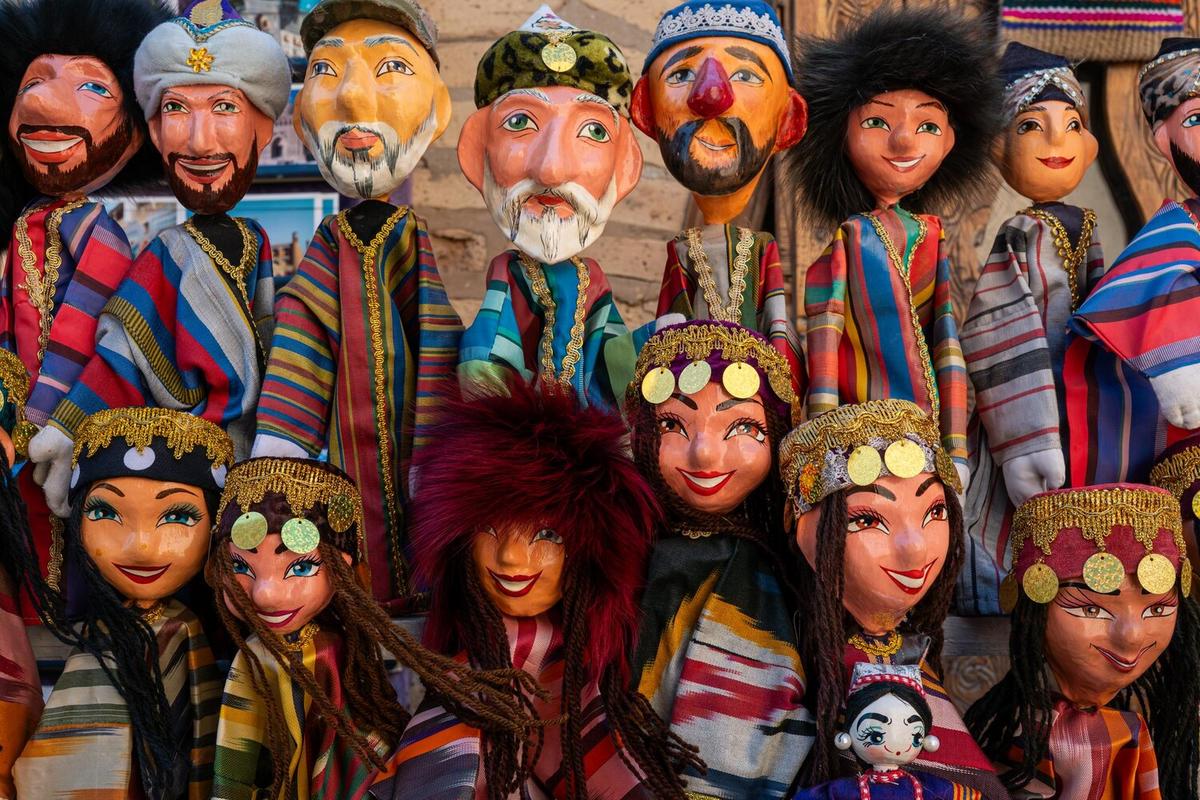
Storytelling Traditions: From Oral to Digital
Storytelling is a cultural thread that weaves through the fabric of human history, evolving from ancient oral traditions to today’s digital narratives.
Storytelling has been an intrinsic part of human culture for centuries, serving as a means to share knowledge, entertain, and preserve traditions. From the fireside tales of ancient tribes to the digital stories shared online today, the art of storytelling has continually adapted to new mediums.
The Evolution of Storytelling
One of the earliest forms of storytelling was oral tradition. Communities relied on elders to pass down stories, myths, and legends verbally. “Oral storytelling was not just a way to entertain,” notes cultural historian Dr. Linda Hall, “it was a means of preserving history and educating younger generations.”
In contrast, the digital era has transformed storytelling into a global phenomenon. According to a report by Statista, over 4.66 billion people worldwide are internet users, highlighting the vast potential for digital storytelling to reach audiences on an unprecedented scale.
From Oral to Written
The transition from oral storytelling to written forms marked a significant shift. Writing allowed stories to be recorded and disseminated more widely. Ancient civilizations like the Egyptians and Greeks developed scripts to document their narratives, ensuring their preservation for future generations.
“The invention of the printing press in the 15th century revolutionized storytelling,” explains Dr. Mark Thompson, a literature professor, “making written stories accessible to the masses.”
The Digital Age
In today’s digital age, storytelling has taken on new forms through blogs, social media, and podcasts. These platforms provide storytellers with tools to engage their audience in interactive and immersive ways. For instance, personal blogs allow writers to share anecdotes and insights, reaching readers across the globe.
Consider starting a blog or podcast to share your stories. Platforms like WordPress and Spotify offer user-friendly interfaces to get started.
Storytelling Techniques
- Use vivid descriptions to paint a picture in the reader’s mind.
- Incorporate personal experiences to make stories relatable.
- Engage with your audience through interactive elements.
Storytelling Comparison Table
| Medium | Advantages | Challenges |
|---|---|---|
| Oral | Personal connection | Limited reach |
| Written | Lasting record | Requires literacy |
| Digital | Global audience | Digital divide |
How to Enhance Your Storytelling Skills
To improve storytelling skills, consider attending workshops or joining storytelling communities. These can provide valuable feedback and inspiration from fellow storytellers.
FAQs
What is digital storytelling?
Digital storytelling is the practice of using digital tools to tell stories, often incorporating multimedia elements like video, audio, and graphics.
Why is storytelling important?
Storytelling is crucial for cultural preservation, education, and entertainment. It helps to build connections and understanding between different communities.
As storytelling traditions continue to evolve, embracing new platforms and technologies can enrich our cultural heritage. By understanding and participating in both traditional and modern storytelling, we can keep this timeless art alive for future generations.


